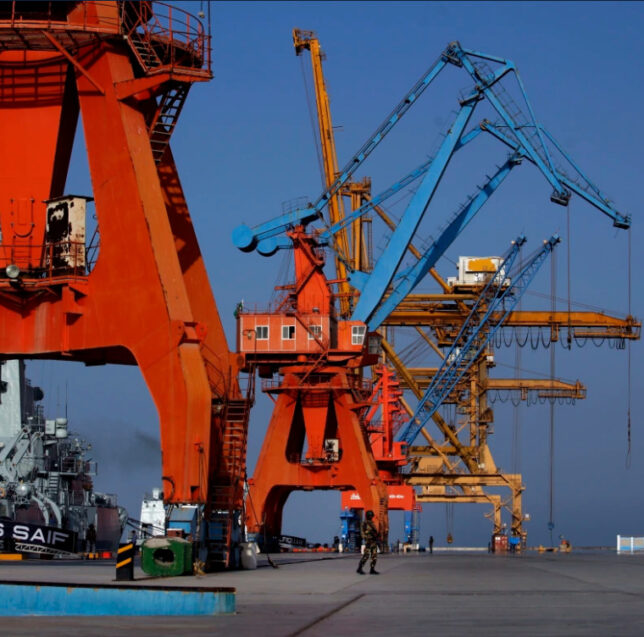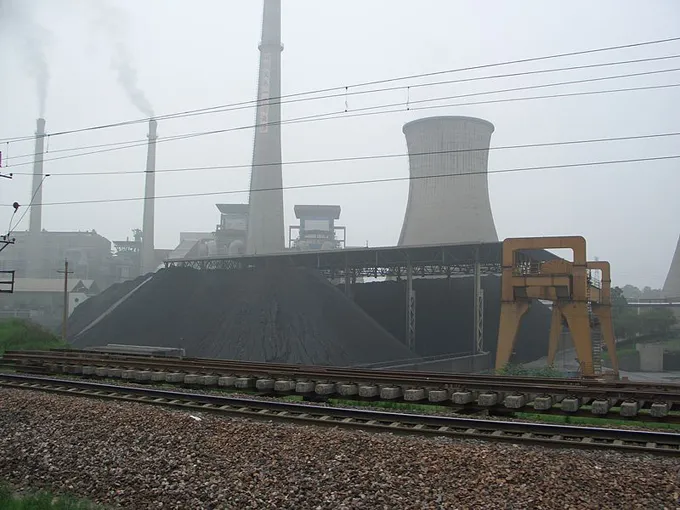One Belt One Road
China’s Belt and Road Initiative (BRI), formerly known as One Belt One Road, is a global infrastructure development strategy adopted by the Chinese government in 2013 to invest in nearly 150 countries and international organizations. It is considered a centerpiece of the Chinese leader Xi Jinping’s foreign policy, which calls for China to assume a greater leadership role for global affairs in accordance with its rising power and status. China refers to the initiative as an effort “to enhance regional connectivity and embrace a brighter future.” Studies conducted by the World Bank have estimated that BRI can boost trade flows in 149 participating countries by as much as 4.1 percent, while cutting the cost of global trade by 1.1 percent to 2.2 percent, and grow the GDP of East Asian and Pacific developing countries by an average of 2.6 to 3.9 percent. Supporters praise the BRI for its potential to boost the global GDP, particularly in developing countries. However, there has also been criticism over human rights violations and environmental impact, as well as concerns of debt-trap diplomacy resulting in neocolonialism and economic imperialism.


Can China Form its Own Alliance? — Simone Gao with Keith Krach
G7 adopted the U.S.-led proposal BuildBackBetter World as an alternative to China’s Belt and Road Initiative. But can it compete with China’s investment? KeithKrach was the under secretary of state responsible for economic diplomacy during the #Trump administration. The Blue Dot network his team drafted was adopted by the Biden Administration and is now the Build Back Better World initiative. This Silicon Valley veteran has a good track record of defeating China’s economic aggression, particularly Huawei’s ambition to take over the global 5G communications.

Hidden Debt Plagues China’s Belt and Road Infrastructure Plan, Studies Find
Research on Chinese projects abroad points to other major problems like corruption, labor violations and environmental risks

The potential climate consequences of China’s Belt and Roads Initiative
The enormous infrastructure development effort could lock in heat-trapping greenhouse emissions for decades.